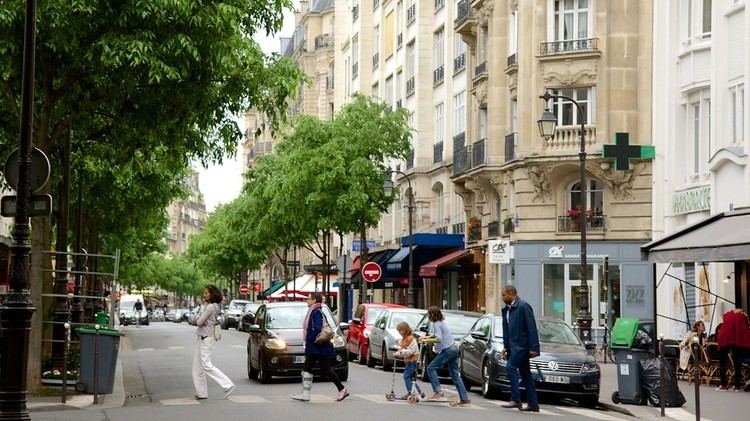Department Paris Area 117 ha Mayor Pierre Aidenbaum | Commune Paris Population 36,120 (2011) | |
 | ||
The 3rd arrondissement of Paris, situated on the right bank of the River Seine, is the smallest in area after the 2nd arrondissement. The arrondissement contains the northern, quieter part of the medieval district of Le Marais (while the 4th arrondissement contains Le Marais' more lively southern part, notably including the gay district of Paris). The oldest surviving private house of Paris, built in 1407, is to be found in the 3rd arrondissement, along the rue de Montmorency.
Contents
- Map of 3rd arrondissement Paris France
- Geography
- Demography
- Historical population
- Education
- Places of interest
- References
Map of 3rd arrondissement, Paris, France
The ancient Jewish quarter, the Pletzel (פלעצל, little place in Yiddish) which dates from the 13th century begins in the eastern part of the 3rd arrondissement and extends into the 4th. It is home to the Musée d'art et d'histoire du judaïsme and the Agoudas Hakehilos synagogue designed by the architect Guimard. Although trendy boutiques are now taking up many of the storefronts, there are still landmark stores selling traditional Jewish foods.
A small but slowly expanding Chinatown inhabited by immigrants from Wenzhou centers on the rue au Maire, near the Conservatoire National des Arts et Métiers housed in the medieval priory of Saint-Martin-des-Champs.
Geography
With a land area of 1.171 km2 (0.452 sq.miles, or 289 acres), the 3rd arrondissement is the second smallest arrondissement in the city (after the 2nd arrondissement).
Demography
The area now occupied by the third arrondissement attained its peak population in the period preceding the re-organization of Paris in 1860. In 1999, the population was 34,248, while the arrondissement hosted a total of 29,723 jobs.
Historical population
¹The peak of population actually occurred before 1861, but the
arrondissement was created in 1860, so we do not have figures before 1861.
Education
Schools include:
